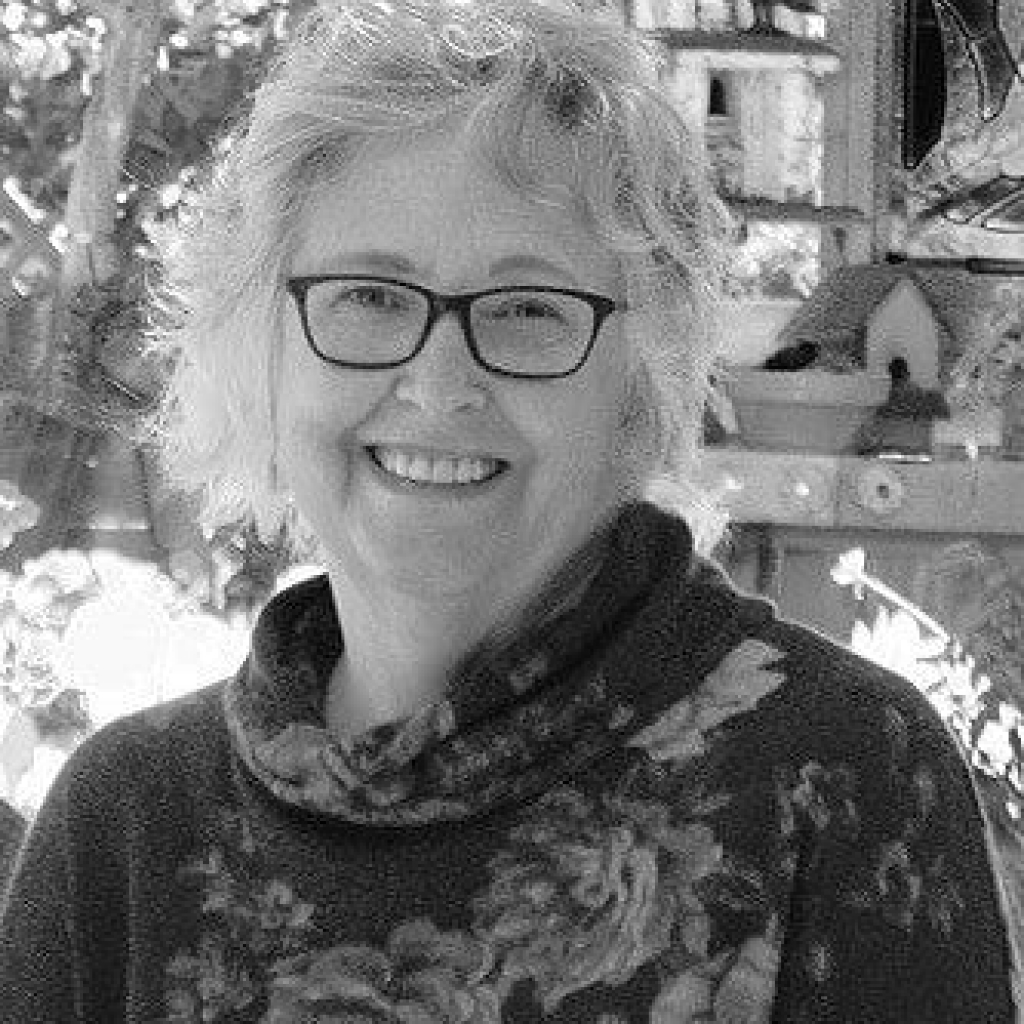
HOW TO TURN YOUR FAMILY HISTORY INTO A BESTSELLER
If your family history has universal themes such as love, coming of age, war and peace, judgment, conflict, and suffering, you should consider writing a book. That’s what Barbara Morriss, a former award-winner teacher, did. Her second novel, A Promise in Autumn, is a historical fiction page-turner laced with suspense and mystery. In this interview, talk about her research process and how it feels to share her family story with readers other than close relatives and friends.
What tools did you use to research LA?
I grew up in southern California. Los Angeles was our city. I needed a place for my antagonist to run to. After I researched the railroad lines in the early 1900s, I found that LA was the end of the line. A great city where my antagonist to begin anew. I researched the history of LA during the early 1900s but felt that including any events of the civil, racial, and economic strife would not enhance this portion of the story. I needed to know the layout of streets during the early 1900s so I could convincingly have my antagonist walk the streets near the depot.
I found a map online printed during that period, which carefully laid out all I needed to know. Other helpful resources were vintage photos of LA from the early 1900s. These fantastic images gave me a feeling of time and place. LA was overgrowing during this time, and there appeared to be a great hustle on the streets of LA. Like they say – a picture is worth a thousand words. ☺
When does the setting become a character in your book?
Springfield, Missouri, acts as a friendly secondary character. The city provides comfort, warmth, and beauty to my characters. The coming of autumn and the fallen leaves inspired Raymon, the male protagonist. The trees that grace the city streets and the parks are a source of pride for him. He appreciates his city, its library and the beat of its railyards and the many trains that travel to and from the freight and passengers depot. Springfield is an entity and can offer a wonderful background for the story.
What are the most interesting facts you discovered about LA while doing your research? Which ones did you use in the book?
With respect to LA, I learned there was significant political unrest, unresolved issues about controlling the LA River. At times LA suffered from devastating flooding. I also learned the city was quite diverse, which created racial unrest. I chose not to use any of this or make these events part of my story. The struggle of my protagonist in the city was enough.
Everyone has a family history. However, not all family histories have the necessary ingredients to becoming fiction books that will appeal to the readers. What are these ingredients, and why?
Not everyone indeed wants to hear about a family’s history. However, if the story has universal themes such as love, coming of age, war and peace, judgment, conflict, and suffering just about everyone can relate. This story had it all.

How did you research your family history?
Our challenge was to search for the answer to a well-kept family secret. Who gave birth to my husband’s father, Ray Morriss? Why in 1913 at the age of four was he given up for adoption? People warned us that there might be skeletons in the closet. Despite the well-intended warnings, we continued our query and ventured forward.
We took an academic approach and began our research. The only recorded information we had was a single page adoption document and a postcard adoption announcement. These two items survived in old, family records for over a hundred years. We learned on the adoption document that Richard Roy Woodrome (Ray’s birth name) was adopted through the Children’s Protestant Home in the city of Springfield, Missouri. The document stated that the child was given up by his mother (her name not disclosed) at the age of four.
We then searched for birth records. In Missouri in 1909, the year of his birth, birth certificates were not issued by state or local governments. Birth records were attached to property deeds or kept in church records. We found no evidence of Ray’s birth. He died at the age of forty-eight, not knowing his roots.
We eventually contacted the Ozark Genealogy Society of Springfield, and they assigned senior genealogist, Paul Barker, to the case. He, with the help of research librarian, Renee Glass from the Springfield-Greene County Library, began to methodically uncover the story. The unfolding story of Ray’s natural parents was not only interesting but compelling and tragic. The facts we learned primarily through newspaper sources and county court documents provided us with a time line from which I could work a narrative.
A Promise in Autumn is mostly fictional. However, some of the characters are inspired by your family’s history. How does it feel to expose it to the world?
I think the love story, albeit fiction, is a beautiful story of love during a historical time of hardship and uncertainty. Raymon’s death was revealed as we learned the family history through primary research. He died young during the Pandemic of 1918, a time of great loss. In my first book I created a story arc for Raymon that was tragic. His first love for Grace Hickman (my husband’s biological grandmother) was complicated. Although their infatuation with each other was fictional, most of Grace’s story was true. She became pregnant, married Raymon’s brother a few weeks before the child’s birth, and suffered mental illness. She was institutionalized, and we believe she died during her incarceration. Raymon, who loved her, was traumatized by these events.
When I began “A Promise in Autumn,” I wanted Raymon to meet someone who really loved and adored him. Raymon tells Keagan, his new love, Grace’s story so that she can better understand why Raymon isn’t rushing into a relationship with her. It is touching how Raymon and Keagan grow to love each other and face the uncertainties that they do.
I did question exposing Grace’s story (first book) which was basically true because it was not a pretty story. I wondered how family members would take it, learning that there was serious heart disease and mental illness in their biological roots.


